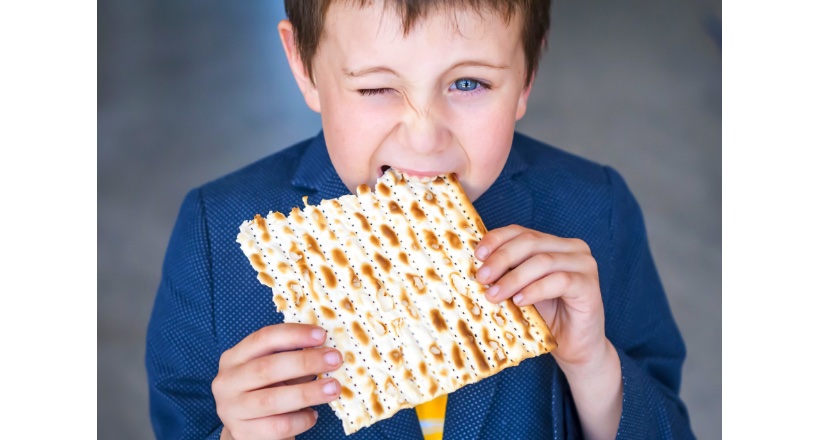Passover: time of matzah
During Passover, Jews eat matzah. These are thin unleavened flatbreads made from dough that has not been leavened, as leavened products cannot be eaten during Passover week. Matzah is one of the foods that must be on the table during the festive meal (“Seder”).

Matzah is eaten in memory of the Exodus of the Jews from Egypt, it is the oldest Jewish tradition. In ancient times, the people, led by Moses, embarked on a journey through the desert, not waiting for the dough for bread to rise. The Jews who left Egypt had no food other than the hastily baked matzah. This meager food miraculously nourished the Jews on their way to freedom, and during Passover, we eat matzah, remembering our distant ancestors.
Passover matzah is specially prepared, and the packages are labeled “kosher for Passover.” Its preparation should take no more than 18 minutes. Various religious sources indicate that after this time, the dough begins to ferment due to the interaction of wheat and moisture. Depending on family traditions, matzah can be a crunchy cracker or a flatbread. Soft matzah is made exclusively by hand.
One of the Passover Seder traditions is the search for the afikoman. Half a piece of matzah is broken off at the beginning of the festive meal and, according to custom, hidden. Children search for the afikoman, as it concludes the Seder. The one who finds the coveted half of the matzah is given gifts or candies.
To avoid missing out on delicious food during Passover, many dishes are prepared from matzah flour: kneidlach (traditional dumplings for chicken broth), mina (a casserole with vegetables, mushrooms, and cheese), matzah brei (matzah omelet), and much more.





